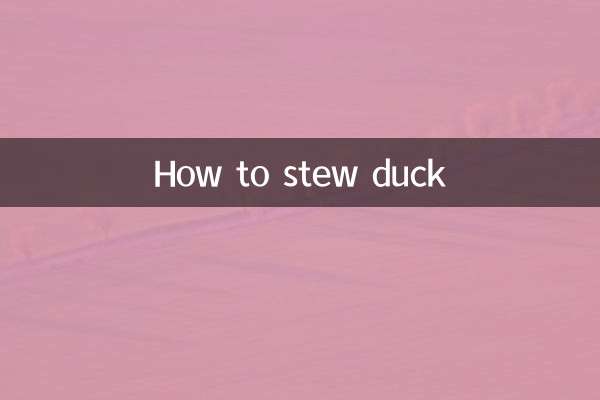What to do if you bleed too much
In daily life, accidental injuries leading to excessive bleeding often occur. Knowing the correct first aid methods is crucial to avoid worsening of injuries and even save lives. This article will combine the hot topics and hot content on the Internet in the past 10 days to provide you with structured data and suggestions to help you deal with emergencies of excessive bleeding.
1. Popular health topics on the Internet in the past 10 days

| Ranking | hot topics | amount of discussion | Related keywords |
|---|---|---|---|
| 1 | Popularize first aid knowledge | 1,200,000+ | Hemostasis, bandaging, first aid |
| 2 | Essential items for your home first aid kit | 980,000+ | First aid supplies, medical supplies |
| 3 | Trauma handling myths | 750,000+ | Wound treatment, wrong methods |
| 4 | Outdoor sports safety | 680,000+ | Wilderness first aid, sports injuries |
| 5 | Tips for dialing 120 in emergencies | 520,000+ | emergency phone, call for help |
2. Classification of hazards of excessive bleeding
| blood loss | Symptoms | degree of danger |
|---|---|---|
| <500ml | Slight dizziness, no obvious symptoms | low risk |
| 500-1000ml | Pale complexion and rapid heartbeat | medium risk |
| 1000-1500ml | Confusion, decreased blood pressure | high risk |
| >1500ml | shock, coma | Very high risk |
3. First aid steps to stop bleeding
1.Assess injuries: First, determine the size of the wound and the amount of bleeding, and observe whether there is any foreign body inserted.
2.direct compression to stop bleeding: Use clean gauze or cloth to directly press the wound and maintain pressure for at least 5-10 minutes.
3.Raise the injured limb: Elevate the injured part above the level of the heart to reduce the amount of bleeding.
4.Bandaging and fixation: Use a bandage or triangle towel to wrap the wound, being careful not to tighten it too tightly to affect blood circulation.
5.emergency medical: For severe bleeding or arterial bleeding, call the emergency hotline or send to a doctor immediately.
4. Comparison of common hemostasis methods
| Methods to stop bleeding | Applicable situations | Operational points | Things to note |
|---|---|---|---|
| direct oppression | Common wound bleeding | Keep pressing for 10 minutes | Avoid checking the wound frequently |
| tourniquet method | Heavy bleeding in limbs | 5-10cm away from the wound | Relax every 30 minutes |
| Packing to stop bleeding | Bleeding from deep wounds | Pack the wound with gauze | Keep the filling clean |
| Ice application to stop bleeding | capillary bleeding | Apply ice pack for 15 minutes | Avoid direct contact with skin |
5. First aid misunderstanding warning
1.Do not pull out foreign objects from the wound at will: This can lead to secondary injury and more severe bleeding.
2.Do not use incense, flour, etc. to stop bleeding: These substances may cause wound infection.
3.Do not use a tourniquet for a long time: It may cause tissue necrosis and needs to be relaxed regularly.
4.Do not rinse the wound directly with alcohol: Can irritate wounds and delay healing.
5.Don't ignore small wounds: Continued bleeding may also lead to serious consequences.
6. Suggestions on preventive measures
1.Home First Aid Kit Preparation: Keep gauze, bandages, tourniquets, disinfectants and other items readily available.
2.Learn basic first aid knowledge: Attend first aid training courses from organizations such as the Red Cross.
3.Protection for outdoor activities: Wear appropriate protective equipment and avoid risky behaviors.
4.Be wary of drug effects: People taking anticoagulant drugs need to pay special attention to preventing bleeding.
5.Check first aid supplies regularly: Make sure the items are within the validity period and in good condition.
7. Emergency handling procedures
1.keep calm: Panic will affect judgment and operation.
2.Call for help: Shout for help or dial the emergency number.
3.take appropriate measures: Choose the appropriate hemostasis method according to the severity of the injury.
4.Monitor vital signs: Observe the casualty’s breathing, pulse and state of consciousness.
5.Be prepared to go to the hospital: Collect medical records of the injured and prepare transportation.
With the above structured data and detailed instructions, I believe you have mastered the basic methods of dealing with excessive bleeding. Remember, timely and correct first aid measures can greatly reduce the degree of injury and buy valuable time for professional medical treatment. Hopefully this article will help you stay calm and take the right steps in an emergency.

check the details

check the details